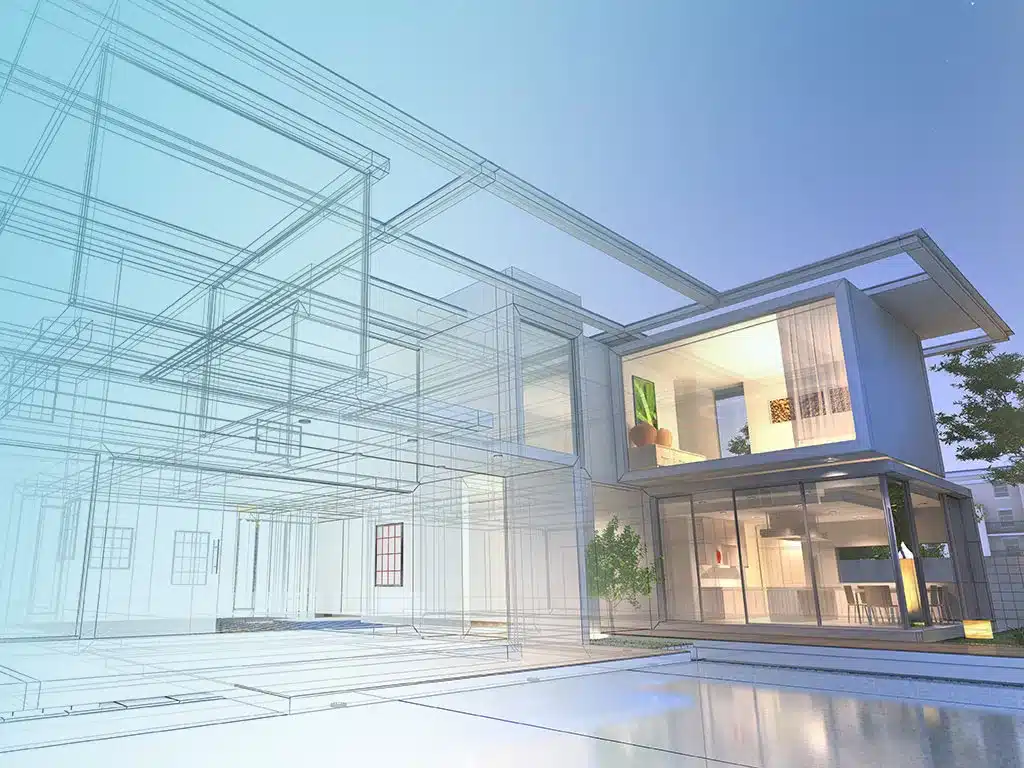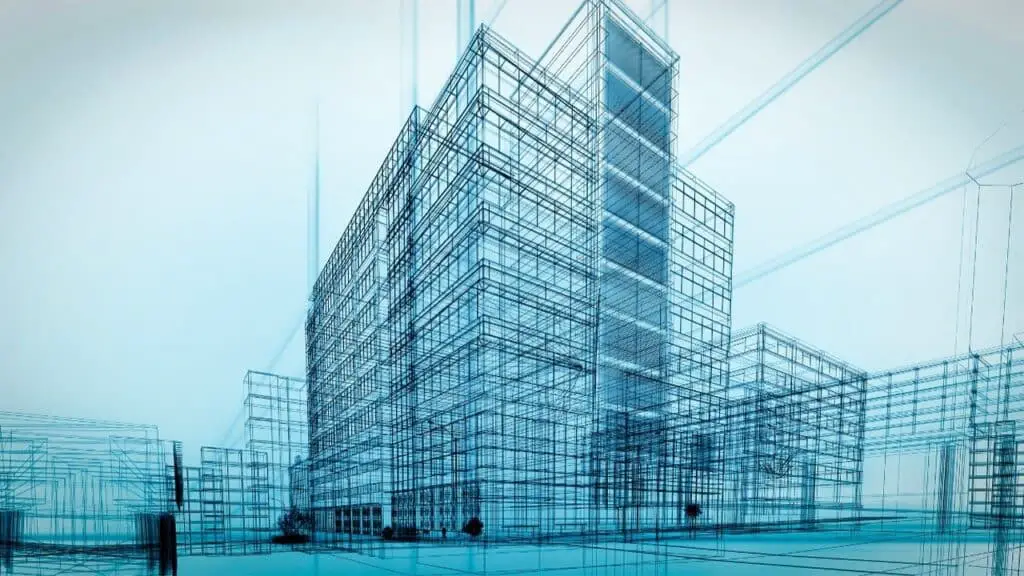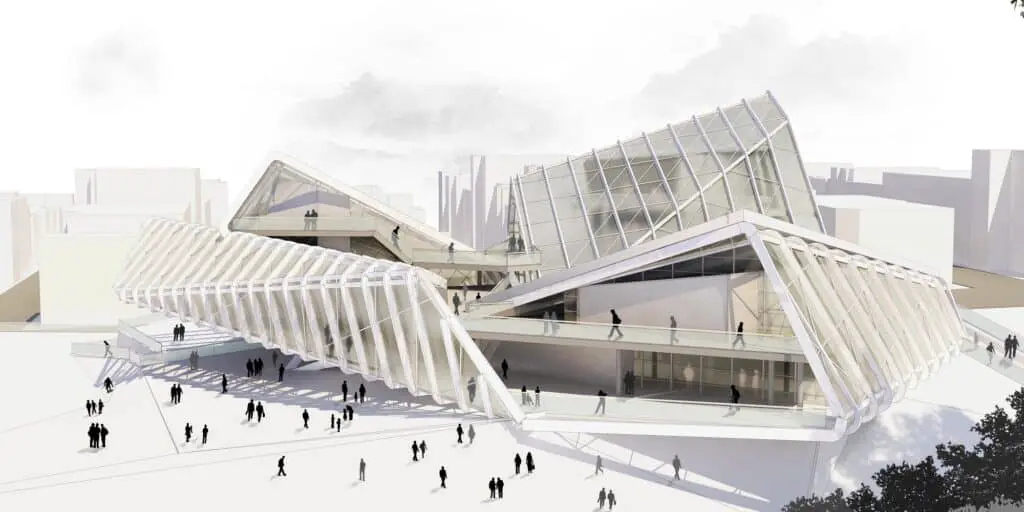Why Is The Arch A Significant Development In Architectural Design
Introduction
The arch is widely recognized as a significant development in architectural design, representing a pivotal moment in human history and shaping the built environment in remarkable ways. This architectural element, which dates back thousands of years, has not only revolutionized the construction of buildings but has also influenced cultural, social, and technological advancements.
The arch is a structural form that spans an open space while supporting weight through compression. Its introduction allowed ancient civilizations to construct larger and more ambitious structures, transcending the limitations of post-and-lintel systems. With the arch, architects and builders could create grand structures like triumphal arches, aqueducts, and cathedrals that showcased the artistic prowess and engineering ingenuity of their time.
Beyond its practical implications, the arch holds symbolic significance. It often represents strength, stability, and endurance, becoming a visual metaphor for human achievements and triumphs.It has been utilized to build beautiful gateways that signify entering a new domain or passing a threshold.

Why Are Arches Important In Architecture?
Arches can hold a lot of weight, which makes them helpful in building construction. Arches can be used to cover doors and windows. They are often used to build bridges.
Arches have been used in building for a long time because they are useful and look nice. They are important in building because they are strong, can be changed, and look good for a long time.
One of the main reasons why arches are so important in building is that they are very strong. By spreading weight and forces out equally along their curved shape, arches can hold a lot of weight without any extra support. Because of this, builders have been able to make large, open spaces, like grand cathedrals, bridges, and other monumental structures. The arch’s ability to carry weight well has been a key part of building long-lasting and huge works of architecture.
Also, arches can be used in building design in a lot of different ways. Because they are so flexible, they can be used for everything from simple doorways and windows to complicated vaulted ceilings and elaborate arcades. Arches can be used in different types of architecture from different countries and times in history. Because they can be used in many different ways, they are a timeless part of architectural design that works well with both old and new buildings.
What Is The Significance Of The Arch?
They represent and show power and help. The arch is mostly a symbol of men. In legend, it’s like a door between time and space that lets you go to another world. The arch is used to raise the mind and heart to higher goals.
The arch is an important part of human history, building, and engineering in many ways. With its unique way of being built, the arch has been a key part of shaping societies, making it possible to build large structures, and changing the way buildings are made.
One of the most important things about the arch is how strong it is. In contrast to a flat lintel or beam, an arch can hold big loads because the weight is spread out evenly along its curved shape. Because of this strength, architects and builders can design buildings with bigger openings, longer spans, and more height. The use of arches in bridges, aqueducts, and other large buildings has helped engineers solve problems and build big projects that will last for a long time.
Also, arches can be used in building planning in many different ways.They mix styles from the past, the present, and other cultures. Arches can be used to make doors, windows, arcades, vaulted ceilings, and domes. Because of this, arches are a classic design that can make a building look better and keep it standing.
Why Was The Arch A Revolutionary Engineering Design?
The Romans were able to build buildings with a much higher ratio of wall spaces to height than had ever been done before because of the arch bridge and other arched structures. Both the Roman Colosseum and the Labyrinth of Arched Catacombs below Rome are built in a similar way.
The arch was a big step forward in engineering for several reasons. It changed the way buildings were built and made it possible to build big structures that had never been thought of before.
The structure of the arch made it possible to distribute weight and pressure in a very effective way. Unlike traditional lintels or beams, which need extra support at regular distances, the arch can carry heavy loads by spreading them out along its curved shape. The strength and load-bearing ability of the arch made it possible for architects and engineers to build buildings that were bigger, taller, and wider without using a lot of materials or support columns. Because of this, the arch gave architects new ways to create buildings and bridges. It also made it possible to build huge buildings with vaulted ceilings.
The form of the arch gave builders a new level of flexibility. The arch’s curved shape gave architects a lot of freedom in building design, letting them make things like doors, windows, arcades, and domes. Roman arches, Gothic arches, and Islamic horseshoe arches were all employed in architecture. Because of its versatility, the arch has endured throughout cultures and time.
What Are The Advantages Of Arches?
The arch supports must halt this force.
Arches are popular for building projects because of their architectural merits. These include the structure’s strength, weight distribution, flexibility, and aesthetics.
One of the best things about arches is their strength. Arches evenly distribute weight and forces due to its curve. It’s better than flat lintels or beams for load-bearing. Arches can sustain huge weights and span long distances without additional columns or beams. It can preserve the stability of huge, open spaces like grand rooms or wide bridge spans.
Arches are also great at distributing weight. The curved form of an arch helps to spread vertical loads, like the weight of a building or the force of gravity, evenly. This spread load lowers the amount of stress on certain points, making the structure stronger and more stable. The arch’s ability to handle compression forces well is especially helpful in places where there are a lot of earthquakes or other types of seismic activity, because it can absorb and spread seismic forces well.
Was The Invention Of The Arch Important?
By making an arch that could hold a lot of weight, they set the stage for some of the most important changes in the history of architecture. The arch became an important part of bridges, gates, sewers, and aqueducts, all of which were important parts of modernizing towns.
That was an important invention that had a big effect on building, engineering, and the progress of human civilizations. The arch changed the way people built things. It made it possible to build huge buildings, architectural marvels, and large infrastructure that changed the direction of history.
When the arch was invented, it changed the way buildings were built because it was a much better and more stable way to carry weight. Unlike traditional lintel or beam construction, which needed columns or walls to hold up the weight and forces, the arch’s curved shape spread the weight and forces out equally. This structural innovation made it possible to build grand temples, colosseums, and bridges that were bigger and more ambitious. Because the arch could hold heavy loads with less material and support columns, it made better use of resources and gave architects new ways to plan buildings.
Also, the arch was a key part of how architectural styles and methods changed over time. Arches were used a lot by ancient nations like the Romans, Byzantines, and Egyptians to build large structures. For example, the architecture of the Roman Empire shows how important the arch was in making large interior areas, strong aqueducts, and beautiful vaulted ceilings. This legacy of architecture affected later civilizations and became the basis for styles and methods of architecture in many different places and times.

What Is An Arch In Architectural Design?
Curved archways span open spaces. It has wedge-shaped blocks, stones, or other materials in a semi-circular or pointed shape. The arch evenly distributes weight and stresses, allowing architects to build wider, more open rooms without columns or supports.
An arch is a curved structure that spans an opening or series of supports in architecture, creating a unique shape with functional and aesthetic benefits. It is made of voussoirs, wedge-shaped blocks stacked and linked in a curving pattern.
The curving design of an arch distributes weight and forces efficiently. The arch transfers large loads along its curvature to the side supports with its structural arrangement. The arch distributes load outward, reducing component stress and generating a secure structure.
Arches can take many forms in architecture. Common arch types:
The semicircular arch, or round arch, is a continuous curve that forms a half-circle. This elegant, harmonic arch is typically found in Roman architecture.
This arch is longer and pointed. It was popular throughout the Gothic period and related with Gothic architecture’s verticality.
Segmental Arch: This arch curves gently into a half circle. Architecture uses it to build windows and doors.
Can Arches Be Used In Sustainable Architecture?
Use arches in green building. By using natural or recyclable materials, passive heating and cooling systems, and renewable energy, sustainable builders can use arches’ beauty and strength.
Arches aid green building in numerous ways.
Material use is crucial to eco-friendly building. Arches are great at this because they can span large distances and support heavy loads with few resources. The arch’s curve distributes forces, requiring fewer support posts and beams. Arches reduce building waste and resource use by employing less materials.
Dome buildings save energy. Air flows better through the arch’s natural air channels, reducing the need for mechanical cooling. The open region under an arch can provide shade, reducing sun heat and cooling needs. Sustainable builders use arches to maximize natural ventilation and thermal comfort.
Arches can also help with green products. Many modern arches use eco-friendly materials like reclaimed wood, repurposed metal, or low-carbon concrete. Architects can lessen a building’s environmental impact and promote reuse by choosing sustainable materials to form arches.
How Does The Arch Contribute To Sustainable Design Practices?
The arch is a good example of sustainable design because it uses the fewest amount of materials and resources. It uses less building materials because it can span large spaces without having extra supports.
In a number of ways, the arch adds to sustainable design. It fits with the ideas of being efficient with resources, saving energy, and caring for the earth.
The arch helps save materials by making the best use of them. It is strong enough to span long distances and hold heavy things while using as little material as possible. Traditional ways of building, which use a lot of beams and columns, use more material than arches. This means that less stuff will have to be dug up, moved, and thrown away. This smart use of materials is in line with sustainable design practices that try to make buildings as easy on the environment as possible.
building’s design
When a building has wings, it can use less energy. The curved form of the arch can help with natural air flow and cooling without using electricity. By adding arches to a building’s design, builders can make natural airflow paths that lower the need for mechanical cooling systems and energy use. Arches can also help keep heat gain from the sun to a minimum by blocking the sun. This is another way they save energy.
Arches in sustainable design are generally created from eco-friendly materials. Many modern bridges use eco-friendly materials including reclaimed wood, recyclable metals, and low-carbon concrete. By making arches out of materials that are good for the environment, builders can cut down on the amount of energy and carbon a building uses. This is a better way to build that will last longer.

Conclusion
The arch stands as a testament to the profound impact of architectural design on human civilization. Its significance cannot be overstated, as it represents a pivotal development that revolutionized the way buildings are constructed and shaped the course of architectural history. In essence, the arch’s significance lies in its transformative power. It has not only shaped the built environment but also influenced cultural, social, and technological developments.
The arch’s introduction marked a transformative moment, allowing ancient civilizations to construct awe-inspiring structures that defied the limitations of previous architectural systems. Its structural efficiency and ability to span open spaces through compression enabled the creation of monumental edifices such as triumphal arches, aqueducts, and cathedrals. These structures not only showcased the artistic and engineering prowess of their time but also played a role in defining cultural and social identities.
Beyond its practical implications, the arch carries symbolic weight. It embodies notions of strength, stability, and endurance, becoming a visual metaphor for human triumphs and achievements. Moreover, the arch’s influence extends beyond its physical manifestation.The knowledge gained from working with arches laid the foundation for subsequent architectural advancements, contributing to the evolution of architectural design.








